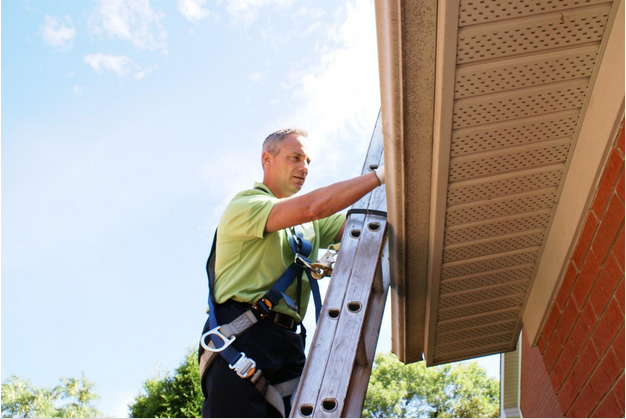This video was shot by one of Skedaddle Humane Wildlife Control’s wildlife specialists during a recent attic inspection and it does an excellent job of showing where bats like to roost inside attics. When homeowners learn that they have a bat infestation they expect to climb into their attic and see them hanging upside down from the rafters. Not likely.
The truth is that bats living inside houses are far more difficult to locate. As the video shows, instead of hanging in the wide open, bats prefer to tuck themselves into tight places. In this case, the colony has sandwiched itself into the space between the exterior brick wall and the interior plywood. This makes them nearly impossible to see without climbing or crawling to the very edge of the attic and peering into the cavity.
For professional wildlife removal companies, the month of August is considered bat season. August is the time of year that many bats living inside houses will become lost in walls and attics and ultimately find themselves in the living space of house. It’s only then that most homeowners realize that they may be sharing their house with a bat colony.
Here’s why bats get into the living space of houses during August
- Bats are most active during August as they look to feed often and bulk up before fall hibernation
- Bat populations are at their peak during late summer when juvenile bats have started flying and cold temperatures have yet to set in
- Juvenile bats have less experience coming and going from the attic and are therefore more likely to get lost inside walls and attics and come into the house
- Hot weather drives bats further down wall cavities in search of cooler temperatures, often into spaces they don’t know how to get out of
If you discover a bat flying around inside your house, here are a few things to remember:
- In most cases, a bat inside the house didn’t fly in through an open door and window
- Bats flying around bedrooms and living rooms have usually emerged from the attic or walls
- Bats don’t want to be flying around your bedroom or living room – there are no mosquitoes to eat or water to drink
- Bats inside the living space of home are lost and don’t know how to get back into the attic
- If you find a bat inside your home, you have a colony living elsewhere
Bats are able to squeeze themselves inside even the smallest of gaps in building materials to access your attic. Inside they find an ideal roosting spot that offers warm temperatures and protection from predators to have and raise their babies. Colonies grow quickly from there.
Skedaddle Humane Wildlife Control has been helping homeowners evict unwanted bat tenants since 1989. Click here to learn about how we can protect your home and family from the dangers of a bat infestation. Our trained professionals will remove the colony and seal your house against future invasions. Our workmanship and materials are back by a lifetime guarantee!
Call us today to book your inspection! 1-888-592-0387



